
“Art and science have their meeting point in method”
- Edward G. Bulwer-Lytton
In many ways, art is like science. Every aspect of it has a learning curve, and all of it is experimental. It took me a while to derive the method for watercolor painting. I struggled to figure out how the opacity would affect the colors and perceived texture of the piece. Over the years, I practiced quite a lot; I watched other artists and tested their methods. By combining their methods and my practice, I finally learned to watercolor paint in a style I liked. Just like the scientific field, I am constantly trying to learn more every day.
Traditional and Digital
As technology continues to evolve, it's no surprise that art is also changing alongside it. While the transition from traditional to digital art might seem straightforward, it is not. Similar to learning a new programming language, there is a learning curve involved, and Google doesn’t always provide the answers. Although digital and traditional art are quite different, many skills from traditional art can be adapted to digital art. For instance, skills related to anatomy and color application remain relevant, while those focused on blending and texture may not transfer as well.
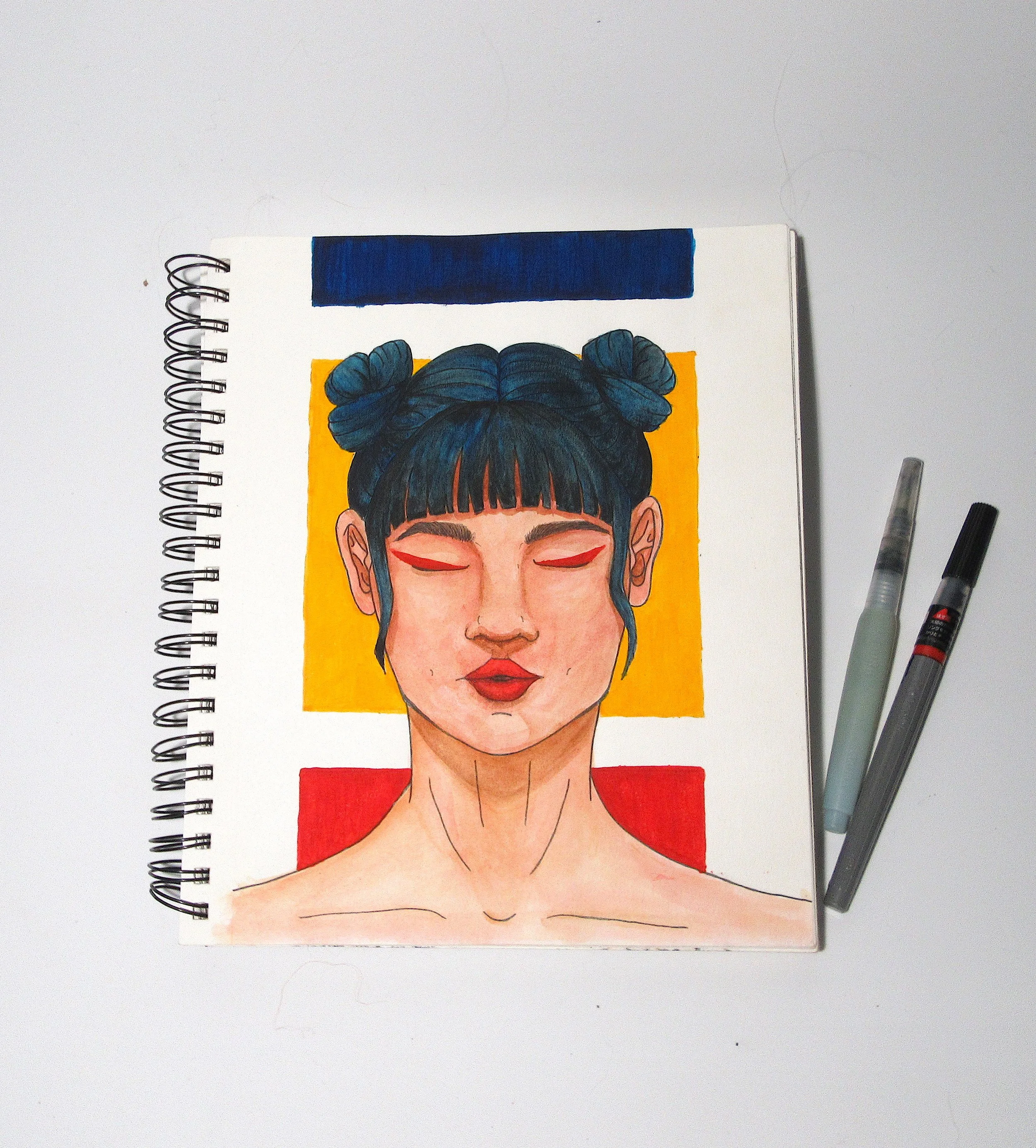
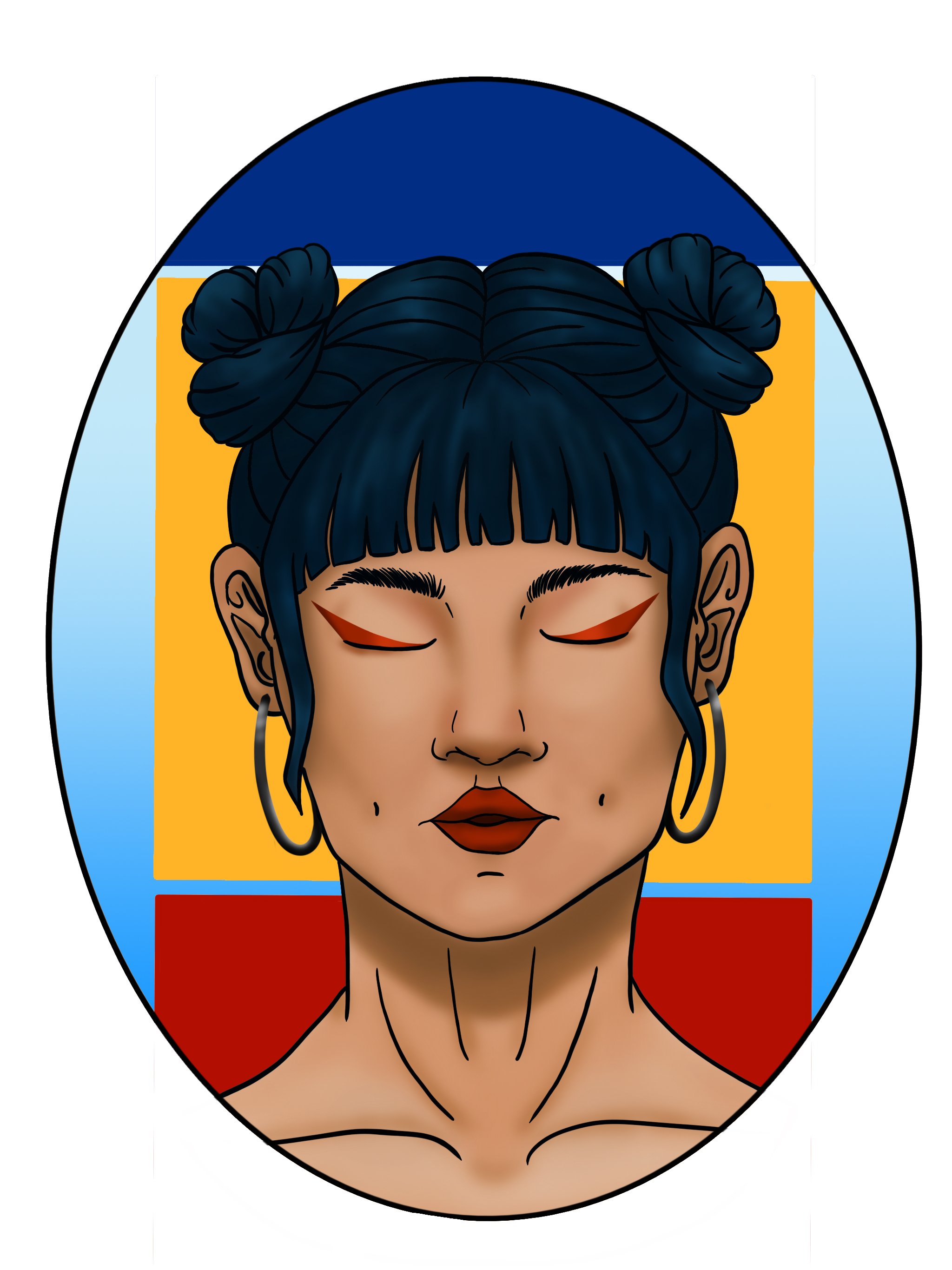
Sculpture
In sculpture, the choice of materials is crucial. For example, my hand sculpture is made from plaster of Paris, which is extremely fragile and challenging to work with. It requires careful handling both before and after it dries. Creating the mold took a lot of patience, as I had to remain completely still for over half an hour. Removing the plaster from the mold was also a delicate and painstaking process due to the specific pose I chose for my hand.
In contrast, clay is not fragile until it is set and generally requires less patience. In the black sculpture below, I didn’t plan the thickness of my piece carefully enough, which led to cracking in the kiln. However, I found a creative way to turn this mistake into an asset by filling the crack with wax. With the fan sculpture, my challenge was selecting a strong adhesive and finding a way to hide the spots where the parts were glued together. After numerous trials, I discovered that contact cement created a clean and sturdy bond. All of these projects necessitate a detailed understanding of the materials, how they interact with each other, and how they behave during the different processes used to set them.

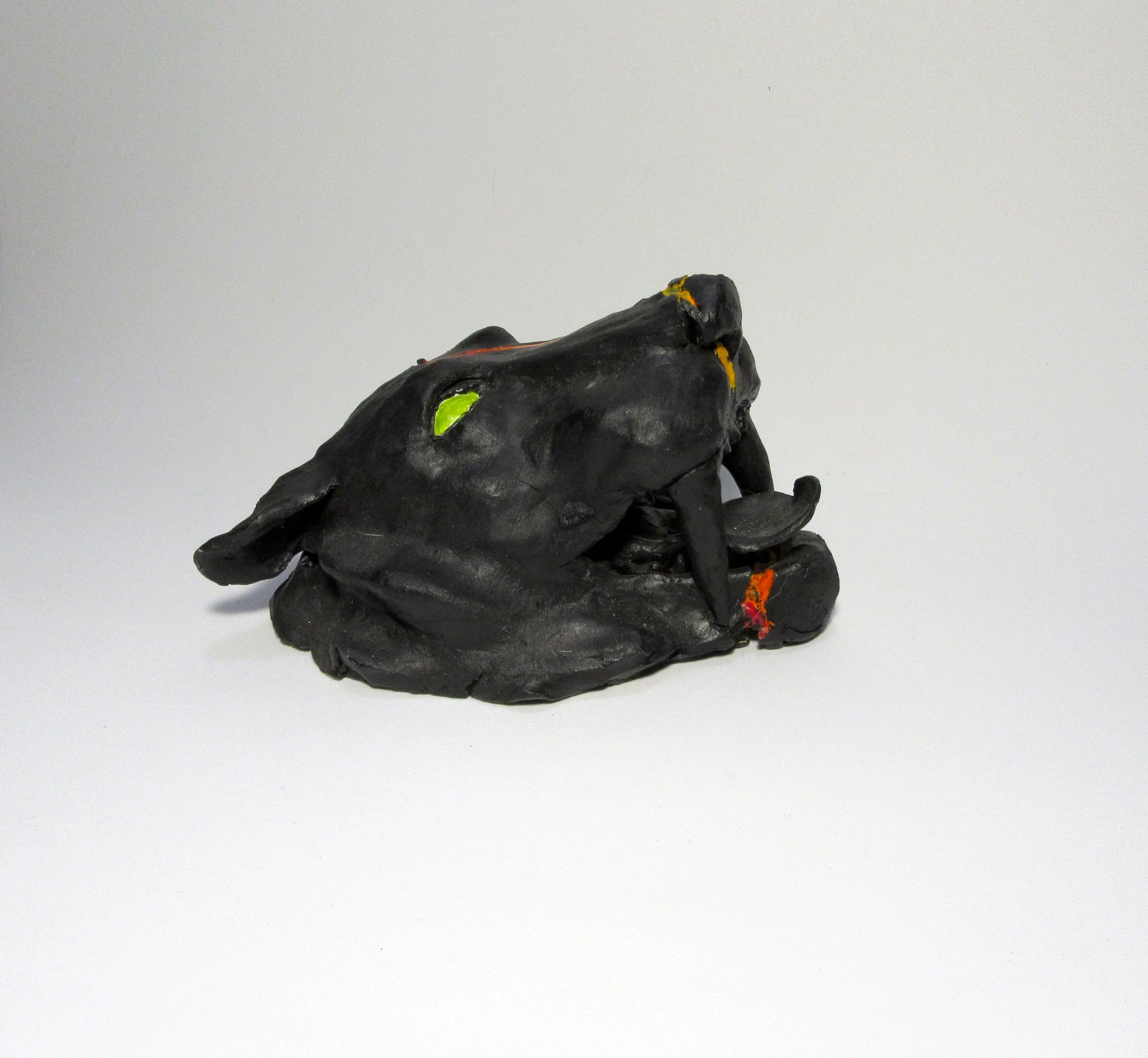
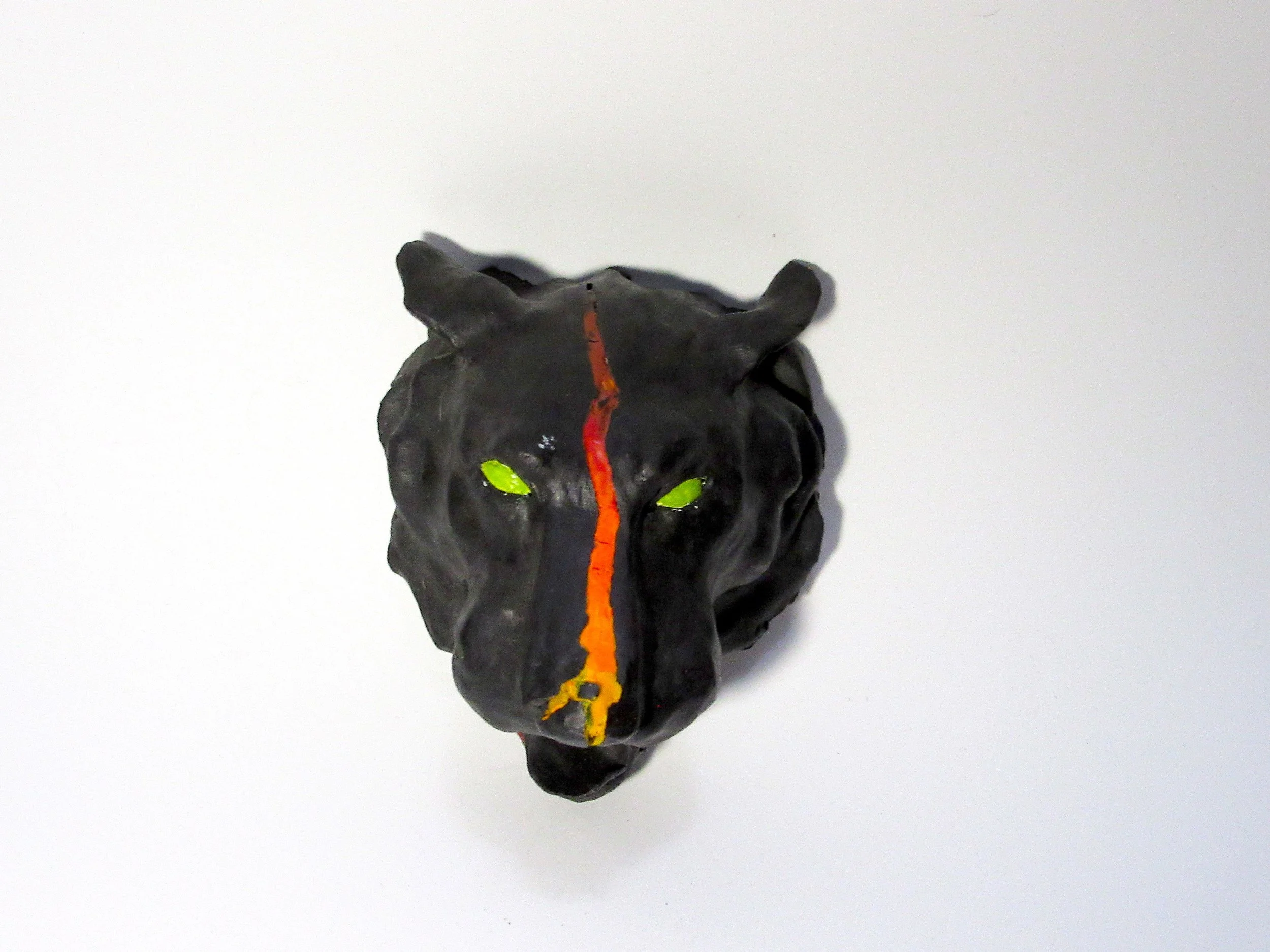

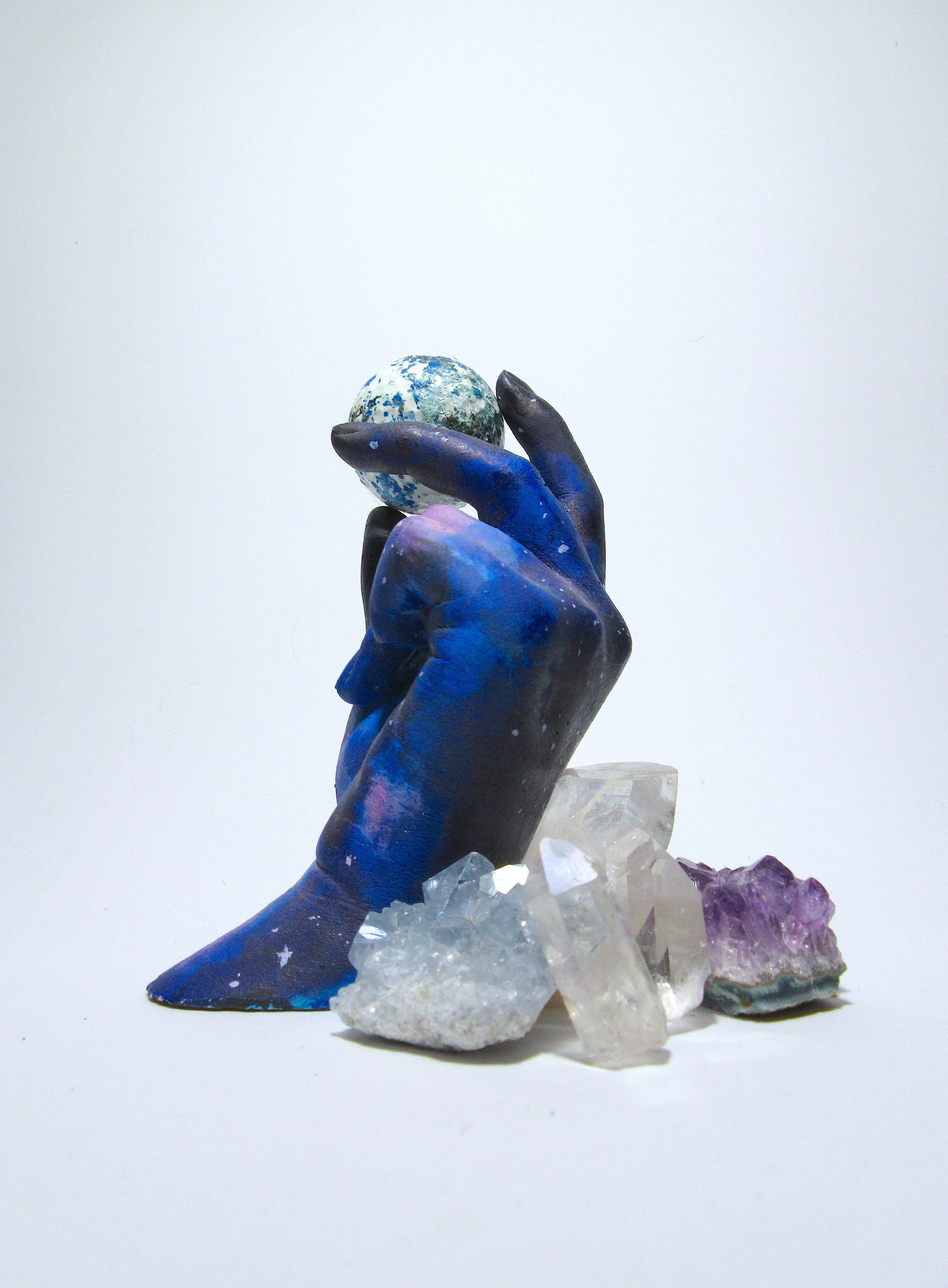
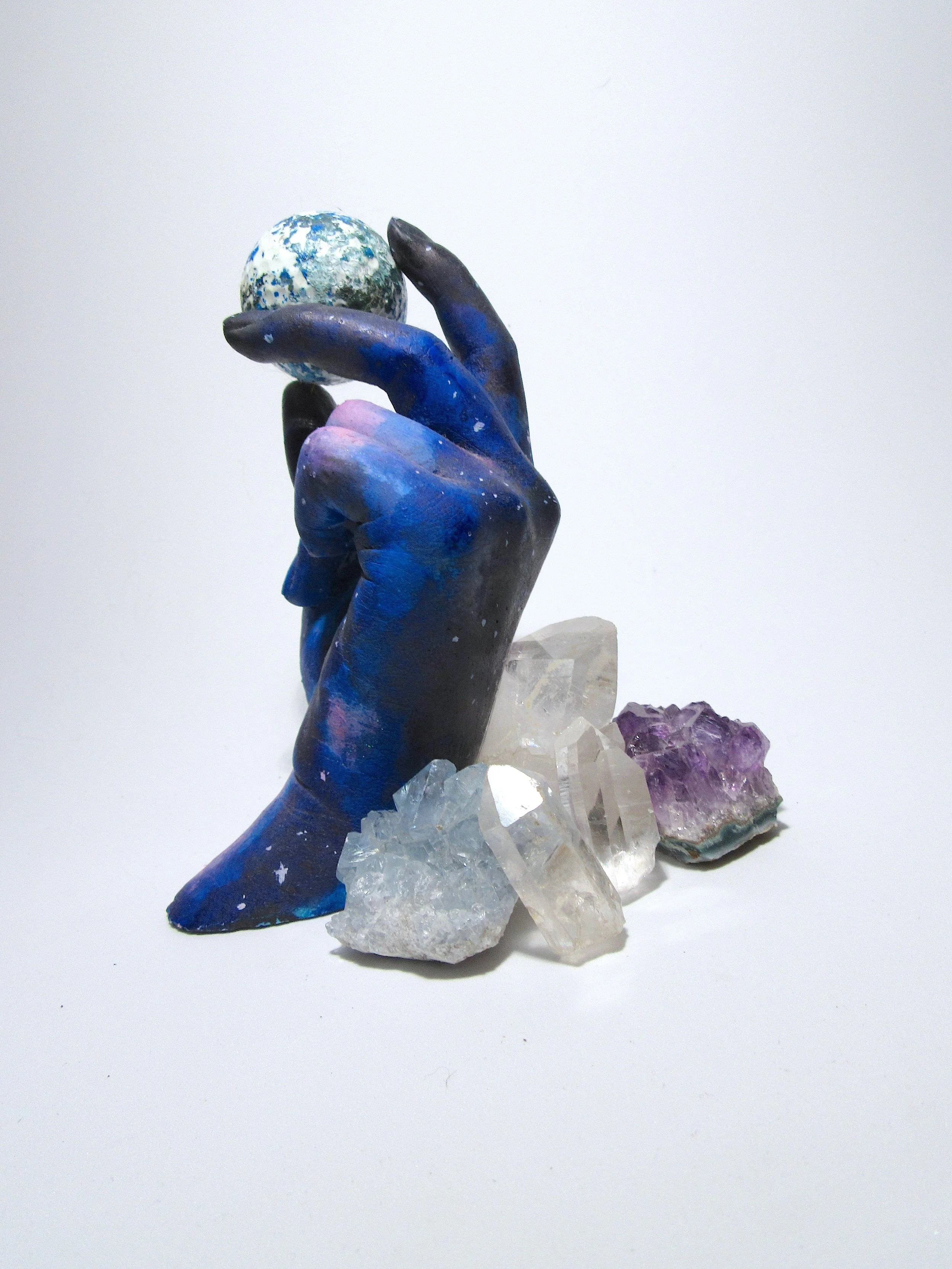

Application of Art In Design
This was a project where I was given a laser ruler and asked to create an accurate floor plan. I used my knowledge of scaling on grids from art to create a proportional drawing. Additionally, I am not trained in architecture and do not know the symbols for fixtures in the house so I was sure to include keys so my client could understand the drawings.
Bonus Bird



